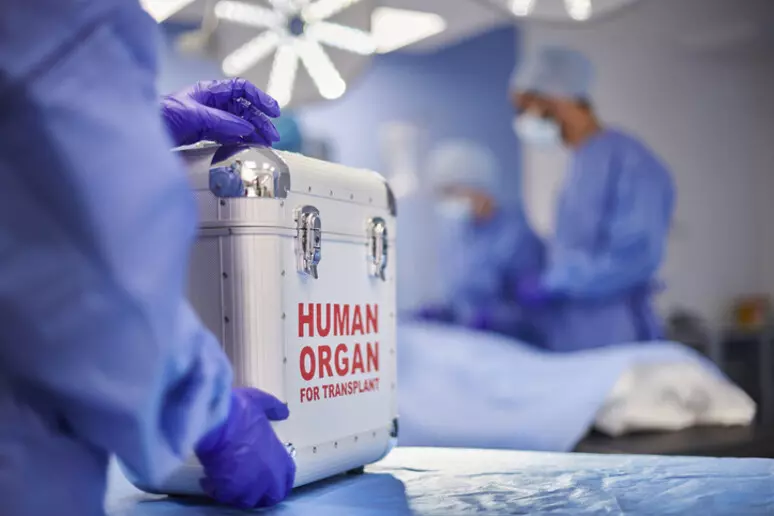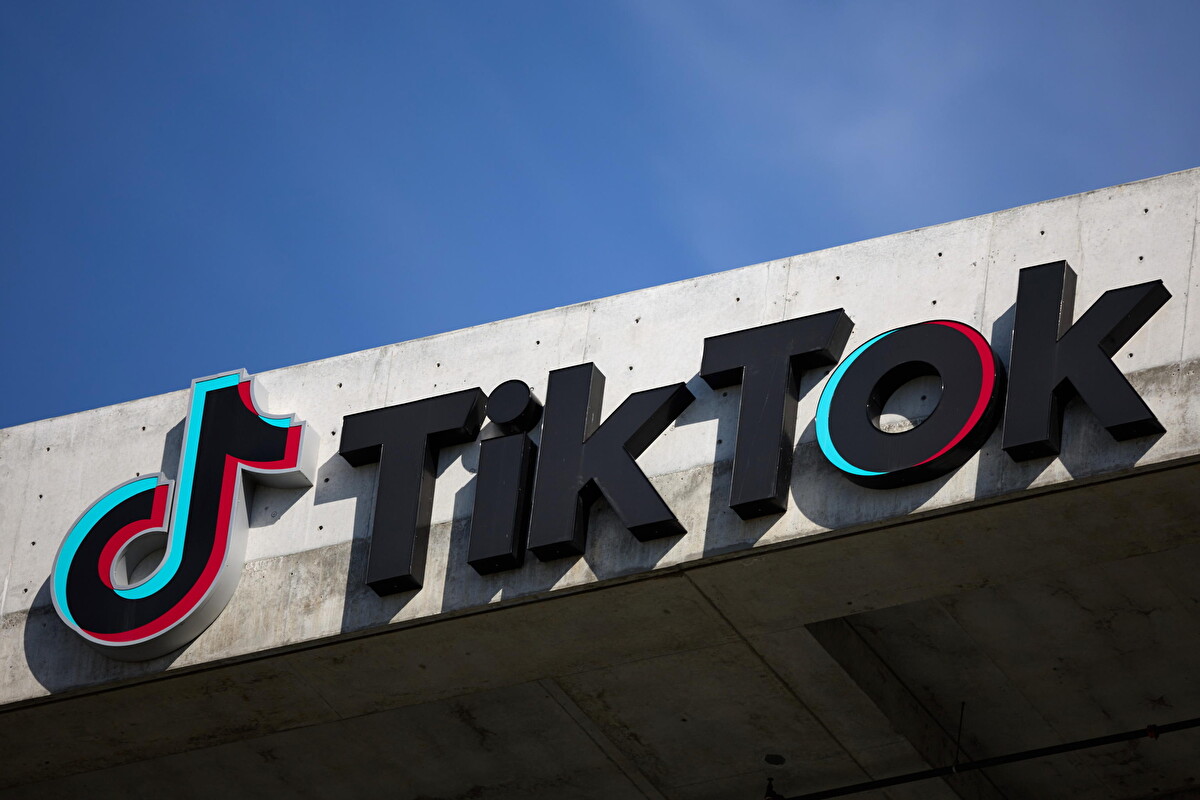In the United States, access to organ transplants has long been marred by deep economic and organizational inequalities. According to data from the Organ Procurement and Transplantation Network (OPTN), by early 2024, over 100,000 patients were on the waiting list, but only 42,000 transplants are performed each year. This means that many patients remain in limbo for long periods, while others, with greater financial means and access to private hospital networks, are able to speed up the process.
Donations can come from living or deceased donors, with strict allocation procedures. The most requested organ is the kidney, which accounts for about 80% of total requests, followed by the liver, heart, and lungs. The American system relies on a mix of public and private funding, and the high costs, which can exceed $400,000 for a heart transplant, make the procedure inaccessible to many without adequate insurance. To address the shortage of organs, some research centers are exploring new avenues, such as xenotransplantation from genetically modified pigs, a solution that could change the future, although it raises numerous ethical questions.
In Italy, on the other hand, the public health system, coordinated by the National Transplant Center (CNT), ensures equitable and free access to waiting lists. In 2023, 3,887 transplants were performed, showing a significant increase from the previous year. The kidney is also the most transplanted organ in Italy, with over 2,000 procedures annually, followed by the liver (about 1,200), heart, lungs, and pancreas. The country also stands out for the efficient functioning of its living donor transplant system, which accounts for about 20% of kidney transplants.
One of the strengths of the Italian model is the effective awareness campaign on organ donation, as more than 70% of the population has expressed consent for organ removal in the event of death. Additionally, the recent introduction of the option to register one’s consent on the identity card has further boosted these numbers.
The contrast between the two systems is clear: while in the United States organ transplants risk becoming a privilege for the few, in Italy, the public system ensures that the opportunity to receive an organ does not depend on one’s financial means. The difference also lies in their philosophies: in the U.S., the scarcity of organs and high costs push patients to extreme solutions, such as relocating to states with more flexible regulations or even seeking opportunities abroad. In Italy, however, the national network allows for a more equitable distribution, ensuring that the right to health is not contingent on wealth.












